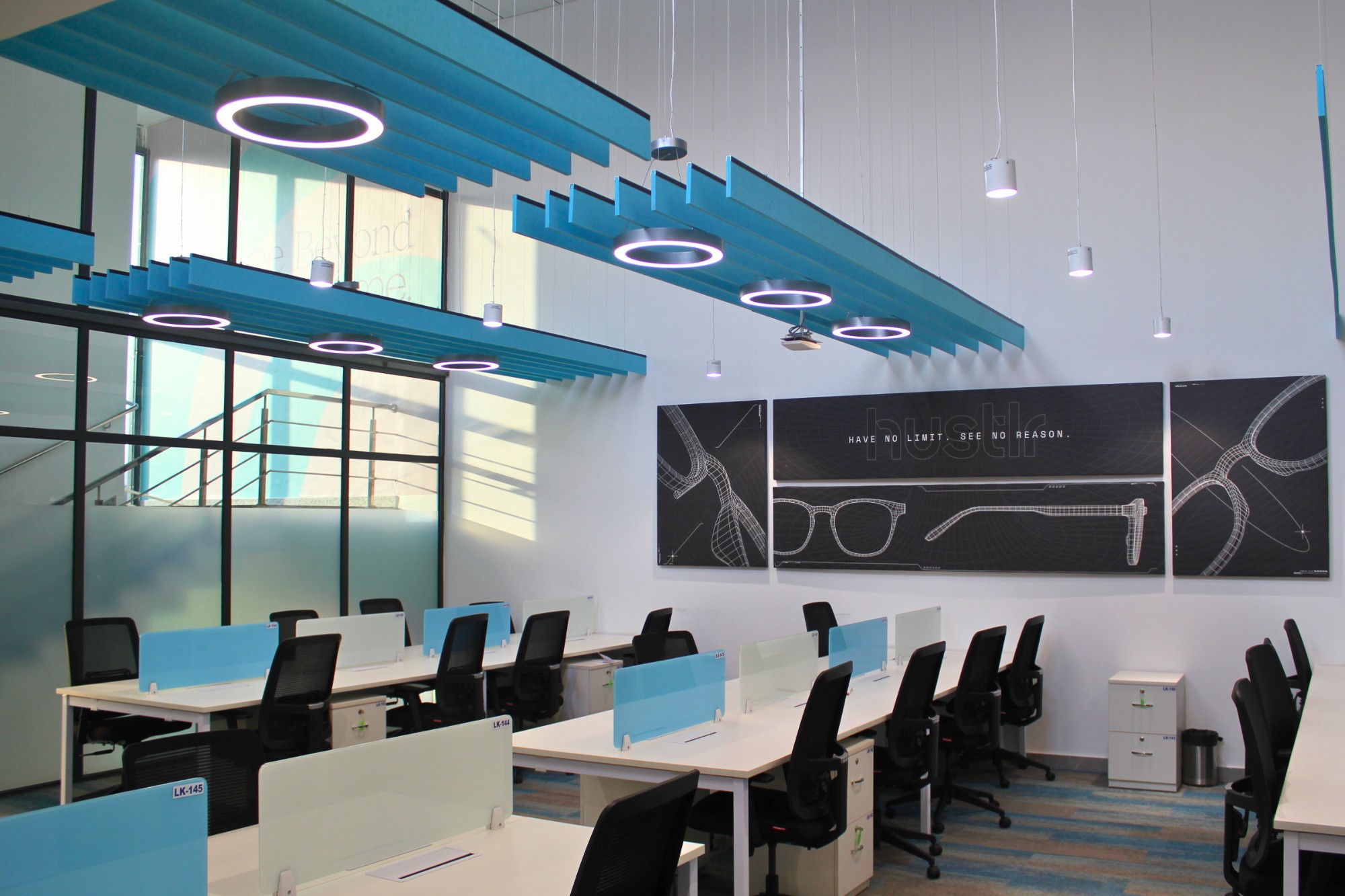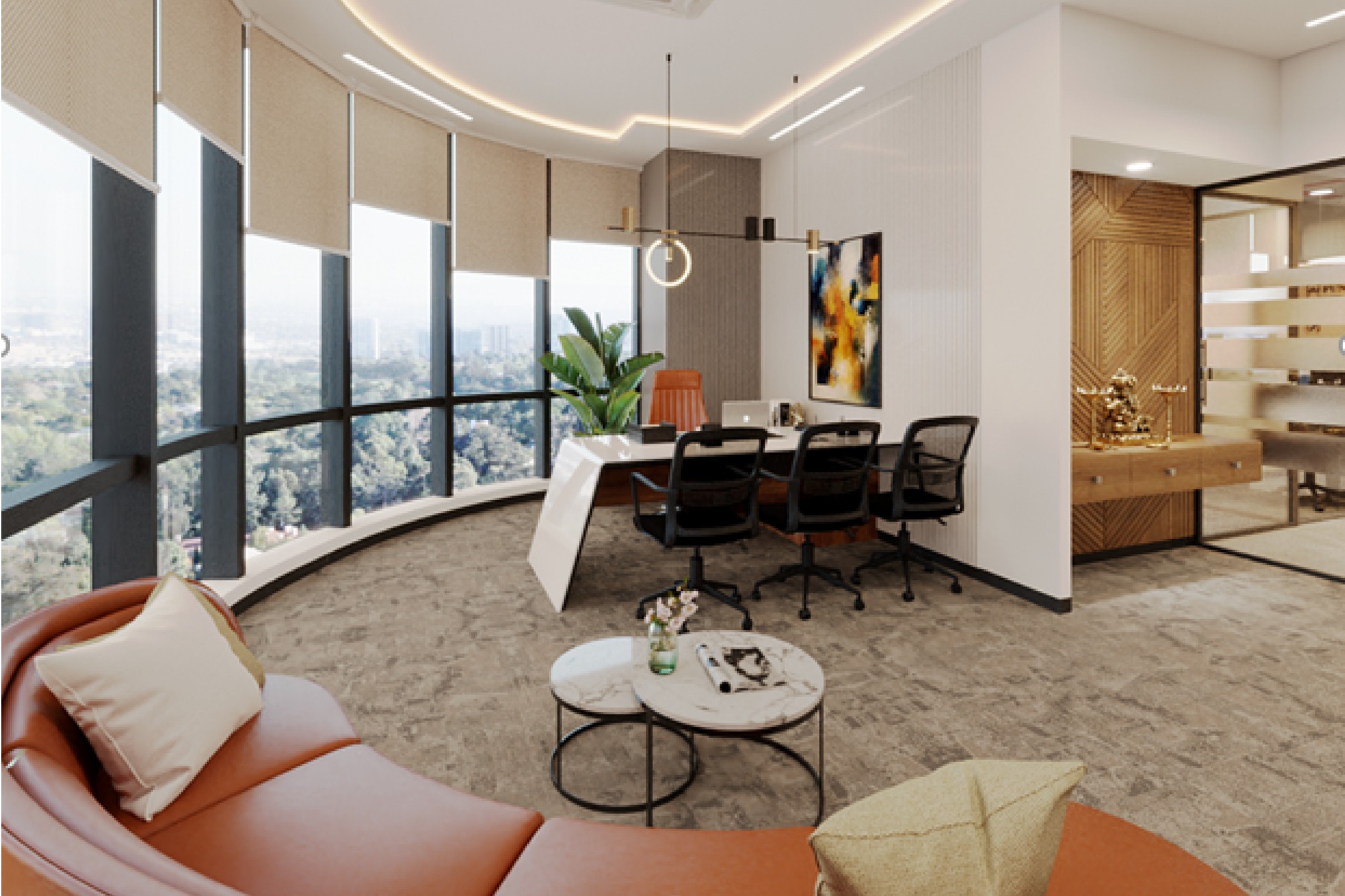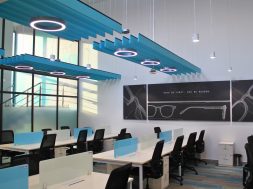Future workspaces incorporate home comfort with corporate efficiency

Offices in 2025 embrace “resi-mercial” design, which combines residential aesthetics with corporate functionality. Kunal Sharma and Suvrat Jain emphasise the trend towards flexible, human-centred workspaces.
The workplace is more than just a place to work; it is an experience. As hybrid and remote-first models continue to reshape corporate culture, commercial interiors and flexible spaces are evolving to reflect the warmth, comfort, and functionality of home settings. The trend of “resi-mercial” design, in which residential aesthetics blend seamlessly with commercial functionality, is changing the way Fortune 500 companies, marquee startups, and global MNCs envision their workspaces. From cosy, lounge-inspired meeting areas to adaptable, mood-based zoning, offices in 2025 will shed their rigid, corporate shells in favour of dynamic, human-centric environments that promote creativity, well-being, and productivity.
‘Workstations’ to ‘Work Lounges’
In accordance with Kunal Sharma, founder and CEO of Flipspaces, “The line between work and home continues to blur in 2025, and commercial interiors are evolving to reflect this shift. Companies are moving away from rigid workstations in favour of living room-style lounges, where employees can brainstorm, take calls, or unwind.” One of the biggest shifts in commercial interiors is the adoption of cosy aesthetics. Cold, impersonal office setups are being replaced by plush seating, soft lighting, and natural materials like wood, linen, and textured fabrics. This transformation isn’t just about aesthetics—it’s about creating spaces where employees feel at ease, leading to higher engagement and improved productivity.

Multifunctional Spaces: Adapting Like a Home.
Offices are adopting multi-functional design elements, similar to how modern homes combine work, leisure, and social interactions in a single space. Modular furniture, acoustic partitions, and movable walls enable workspaces to change depending on the needs of the moment—whether focused solo work, collaborative meetings, or social interactions. Sharma added.
Suvrat Jain, Founder& CEO of Onwards Workspaces, explains, explains,“Flex spaces today are about offering the warmth of home without compromising on corporate efficiency. The’resi-mercial’ trend has taken hold, with plush seating, layered textures, and ambient lighting transforming work environments into inviting yet high-functioning hubs of productivity .” Mood-based zoning is another key evolution, offering dynamic spaces that shift between collaboration and focus-driven solitude, mirroring how modern homes adapt to different energy levels throughout the day
Personalisation and performance: The ‘Cookie-Clutter’ approach
The ‘Minimalist vs. Maximalist’ debate influences workplace design in the same way that it does residential design. While some professionals thrive in clean, uncluttered environments, others are energised by vibrant, personality-infused spaces. The ‘Cookie-Clutter’ approach perfectly captures this shift, balancing personal expression with high-performance layouts that inspire creativity without causing chaos.
From workstations adorned with art and plants to breakout zones modelled after home libraries or cafes, the modern office embraces individuality while maintaining a sense of structure and purpose.
Biophilic design involves bringing nature indoors
The rise of biophilic design, which incorporates natural elements into interiors, is another significant crossover between residential and commercial spaces. Offices are embracing indoor gardens, floor-to-ceiling windows for natural light, and organic textures to promote wellness and reduce stress. According to studies, biophilic elements can increase productivity by 15 percent while reducing employee burnout, making them a must-have feature in the 2025 workspace evolution.
Tech-enabled smart spaces
Technology is critical to achieving seamless design crossovers. AI-powered spatial planning, smart climate control, and user-friendly tech integrations ensure that modern workspaces remain responsive, efficient, and human-centred.
Jain adds, “At Onward Workspaces, we are at the forefront of this shift, crafting premium flex spaces that blend comfort with corporate functionality—tailored for Fortune 500 companies, marquee startups, and global MNCs seeking agile yet sophisticated environments.”
Sustainability and ESG-Driven design
In 2025, sustainability is no longer an afterthought; it is a corporate mandate. ESG-driven design principles are being implemented in commercial interiors, with companies choosing upcycled materials, energy-efficient lighting, and zero-waste design philosophies. This shift is consistent with the increasing corporate responsibility to reduce environmental impact while maintaining high-quality work environments.
The future of work is ‘home’ yet high-performing
The future workplace will be characterised by intelligent, experience-driven design rather than mere flexibility. The combination of residential warmth and corporate efficiency is making offices more welcoming, engaging, and productive. Commercial interiors, whether through multi-functional layouts, biophilic elements, or cutting-edge technology, are poised to transform how employees interact with their workplaces.
As businesses reconsider the role of office spaces, one thing is certain: the great design crossover is here to stay, making work feel less like a chore and more like an extension of home.
For more details, visit: https://www.onwardworkspaces.com/
Cookie Consent
We use cookies to personalize your experience. By continuing to visit this website you agree to our Terms & Conditions, Privacy Policy and Cookie Policy.










